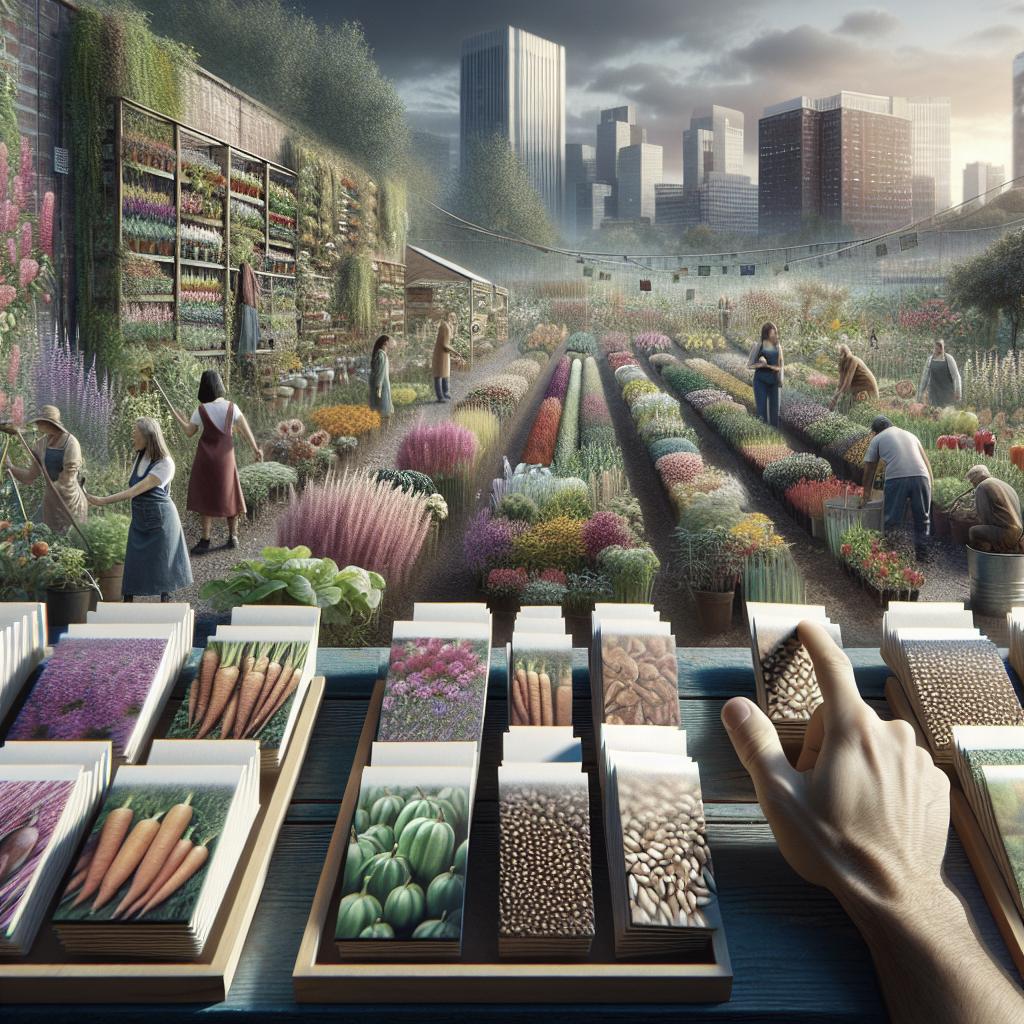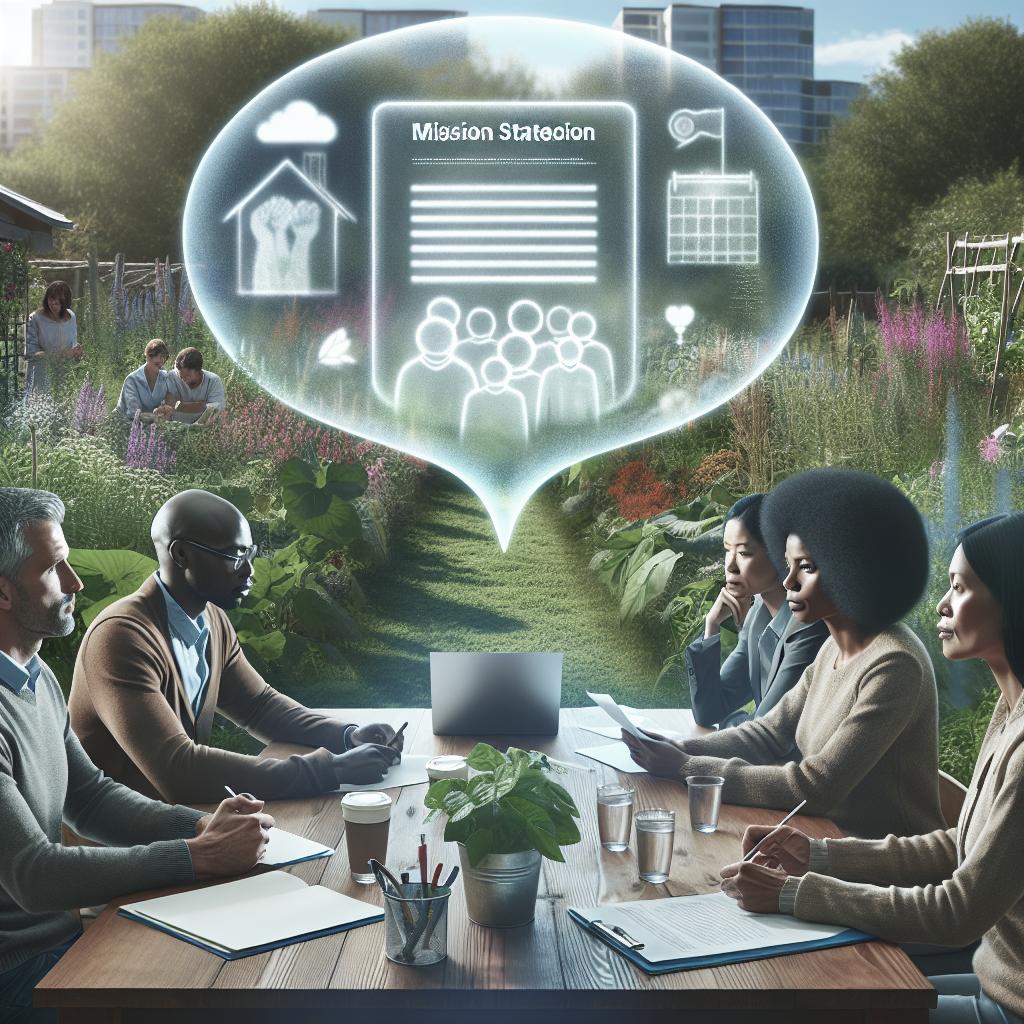Introduction
Community garden seed libraries are wonderful grassroots initiatives that encourage sustainable practices and enhance community bonding. In this blog post, we’ll explore what a seed library is, how to find one near you, and steps to create your own. From building and stocking to managing and educating, this guide will cover everything you need to know to start a thriving community garden seed library. We’ll also address frequently asked questions to help you in your journey towards establishing a greener, more connected community.
What is a Seed Library?
A seed library is a place where community members can borrow seeds for growing plants and later return harvested seeds for others to use. Think of it as a communal bank for seeds. The core idea is to promote sustainable gardening practices, preserve heirloom and native plant varieties, and foster a sense of community among local gardeners.
Seed libraries often operate in public spaces such as libraries, community centers, or even within schools. They may include a variety of seeds—from vegetables and herbs to flowers and native plants. By making seeds accessible, these libraries empower people to grow their own food, beautify their environments, and participate in eco-friendly activities.
How to Find a Seed Library Near Me
To find a seed library near you, start with a simple online search using terms like “find a seed library near me” or “local seed libraries.” Various national and local websites list seed libraries, providing an excellent starting point. You can also inquire at your local public library or community center as many of these places host seed libraries.
Social media platforms and gardening forums are invaluable resources for finding and connecting with nearby seed libraries. Joining local gardening groups on social media can provide leads and firsthand recommendations. If you still can’t find a seed library in your vicinity, consider reaching out to local horticultural societies or university extension programs for guidance.
How to Make Your Own Seed Library
If no seed library exists near you, creating your own is both a rewarding and impactful endeavor. Below, we’ll detail the steps needed to build, stock, manage, and educate your community about your new seed library.
Build
First, identify a suitable location for your seed library. This could be in a public library, community center, school, or even a retail establishment that supports community initiatives. The space should be accessible to the public and capable of housing your seed catalog in an organized manner.
Next, gather materials such as shelving units, containers, and labeling supplies. You can repurpose old filing cabinets or drawers for storing seeds. Label each section clearly to help users find the varieties they need. Consider adding a sign or banner to attract attention and let people know about the seed library.
Stock
Acquiring your initial stock of seeds can be the most exciting part. Begin by soliciting donations from local gardeners, seed companies, and community organizations. You can also purchase affordable seed packets from garden supply stores or online retailers.
When stocking your seed library, prioritize diversity. Include a mix of vegetables, herbs, flowers, and native plants, and aim for varieties that are well-suited to your local climate. Properly label the seeds with relevant information such as plant type, growing instructions, and seed collection date.
Manage
Effective management is crucial to the success of your seed library. Establish guidelines for borrowing and returning seeds, and maintain a log to track seed circulation. Encourage users to label and share seeds they return to ensure traceability and quality control.
Regularly check and replenish the seed stock. Dispose of any expired seeds and monitor for any signs of pests or contamination. Organizing events such as seed swaps or gardening workshops can help keep your community engaged and involved in the upkeep of the seed library.
Educate
Education is an essential component of a successful seed library. Offer resources such as brochures or guides on topics like seed saving, planting techniques, and organic gardening. Host workshops or informational sessions to teach community members about sustainable gardening practices.
Collaborate with local experts or horticulturists to provide educational content and assistance. Utilize social media and community bulletin boards to spread the word about your seed library and its benefits, encouraging more people to participate and contribute.
Frequently Asked Questions About Making a Seed Library
Q: How do I ensure the quality of seeds in my library?
A: Encourage transparency by asking donors to provide information about their seeds, including plant type, harvested date, and any notable growing conditions. Conduct periodic checks to ensure seeds are viable and free from pests.
Q: Can I charge for seed borrowing?
A: While most seed libraries operate on a free exchange basis, some may accept donations or charge nominal fees for workshops to cover operational costs. The primary goal should remain community empowerment and sustainability.
More Posts to Read
For further reading on related topics, consider these blog posts:
- The Benefits of Community Gardening
- Top 10 Tips for Sustainable Gardening
- How to Start a Public Library Garden Program
- The Importance of Heirloom Seeds in Modern Gardening
- Urban Gardening: Bringing Green Spaces to City Life
Share this post:
If you found this guide helpful, don’t forget to share it with your friends and fellow gardeners. Together, we can cultivate a greener, more connected community.
Final Thoughts
| Step | Description |
|---|---|
| What is a Seed Library? | An overview of seed libraries, their benefits, and their role in promoting community and sustainability. |
| How to Find a Seed Library Near Me | Tips for locating nearby seed libraries using online resources, public institutions, and social media. |
| Build | Guidelines for selecting a location and gathering materials to build your seed library. |
| Stock | Advice on sourcing seeds from donations, purchases, and prioritizing diverse plant varieties. |
| Manage | Strategies for maintaining and organizing your seed library, including borrower guidelines and events. |
| Educate | The importance of educating the community on sustainable practices and offering resources and workshops. |
| Frequently Asked Questions About Making a Seed Library | Answers to common questions related to quality control, funding, and overall management. |
| More Posts to Read | Additional reading suggestions on related gardening and sustainability topics. |


